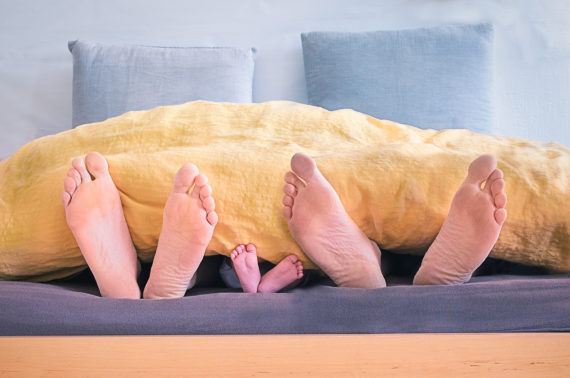I used to love to “fall back” and get that extra hour of sleep on the weekend. A lot of parents that I speak to now prefer to “spring forward” because their 5 a.m. riser will now be waking at “6 a.m.” (That makes it a little better right?). Daylight saving time is coming up. Clocks spring forward on March 12th. So how can you help your baby adjust to the new time? You have a few options:
Adjust your schedule before the time change
Three days before the time change, move your little one’s schedule back by 15 minutes each day. You will wake them up 15 minutes earlier than your regular wake up time and put them down for nap or naps 15 minutes earlier. Wake them 15 minutes earlier from the naps and then bedtime will also be 15 minutes earlier. The goal is to shift them closer to the schedule as it will be when you spring forward. When you do, nap time will feel like it’s an hour early to your child but by adjusting slowly for a few days, your baby will have started to move towards the new schedule.
Two days before the time change, increase that to 30 minutes earlier than the usual wake up, nap and bedtime. Finally, one day before 45 minutes earlier. On the day of the change, go with your regular schedule. For example, wake up at 6:30am, nap at noon and bedtime at 7:00pm.

Adjust your clock and your schedule all at once
With this method, change your clocks before you go to bed on Saturday and wake up with the new clock. Wake your baby at their regular time in the morning on the new clock. If your baby usually wakes at 6:30 a.m. then wake them at 6:30 a.m. on the new clock. It is true that 5:30 a.m. is now 6:30 a.m. so you will wake him one hour earlier than he is used to, but everything shifts one hour earlier. They might take a little longer to fall asleep at nap and bedtime because “technically” it is one hour earlier than they are used to – but they will adjust within a few days.
Make it dark…
Don’t forget to darken up that room if you haven’t already! The sun will rise earlier and set later. You don’t want to confuse your little one’s brain about when it is time to sleep. Darkness cues melatonin, our sleep hormone, so darkening it up will help with falling and staying asleep. Remember that all of us are different and we will all respond to daylight savings time differently. The key is to be consistent with your schedule and your little one will adjust.
*Opinions expressed are those of the author, and not necessarily those of Parent Life Network or their partners.



 Sponsored
Sponsored




